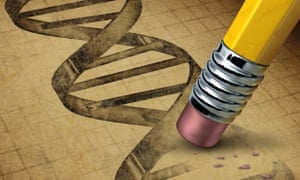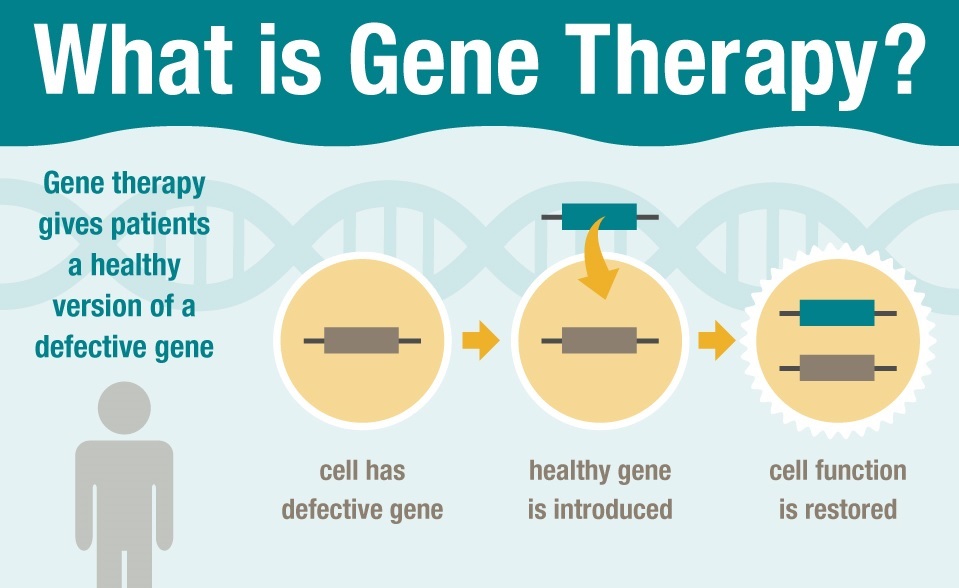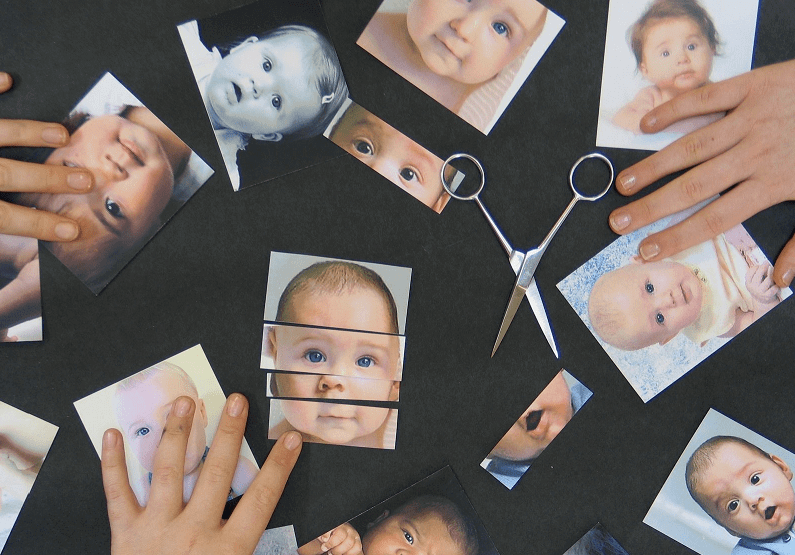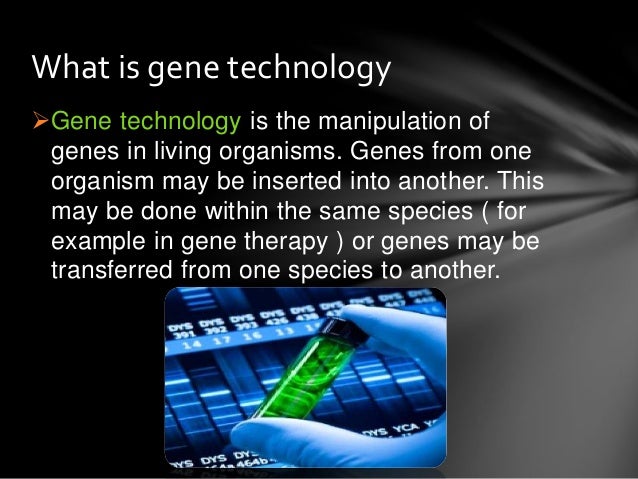Genetic Technology for Humans:
What is Human Genetic Modification (GM) ?

GM the direct manipulation of the genome using molecular engineering approachs. New approachs to ?GM are known as"Gene Editing." GM can be used in several different ways: somatic genetic modification or germline genetic modification.
Ways to Use Genetic Technology:
1.) Human cloning - human embryos or human children that are genetically identical to their living or dead parents can be made
2.) Genetic trait selection - selection of sperm, eggs or embryos that have genes with certain desired traits.
3.) Genetic modification - changes and manipulation of diffferent genes in living human cells
- Genetic technology in the area of genetic testing already exists. Many people have now had their DNA analyzed to help them understand the impact genes have on their lives. This exploraiton could be helpful in many ways. One area where there is keen interest is to develop treatments that are individualized for a person's genetic makeup.
 Genetic Technology for Agriculture:
Genetic Technology for Agriculture:
- The development of biotechnology and molecular biology have allowed us to regulate or even control plant traits, by using DNA information, like structure, function and mechanism of the plant.
- DNA technologies based on DNA molecular markers, transgenic technology and gene expression have shown great potential in improving both the qulaity and quantity of crops, as well as redusing crop loss to insects and adverse weather
- Promotion of the utilization of germplasm resources, improving breeding efficiency and stregthening the regulation of plant growth.
- Because of genes, you can determine the physical property of an organism
- Gene technology - related to enhancing or removing certain qualities and characteristics of an organism's genes. Because of gene technology, there is a chance that crops yields and nutritional value can be improved
- There is some risk with genetically modifying organisms, but these things can be maintained
Sources:
 Human Genetic Technology Links of Interest:
Human Genetic Technology Links of Interest:








